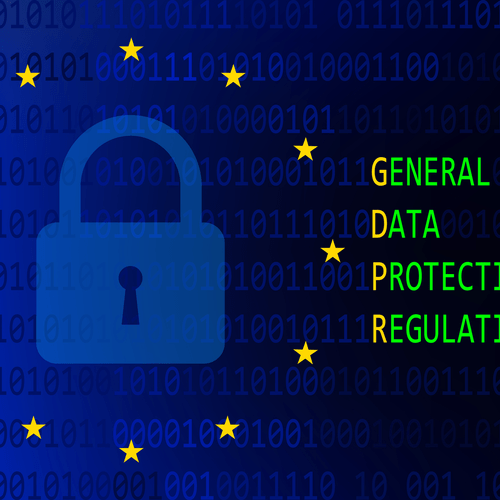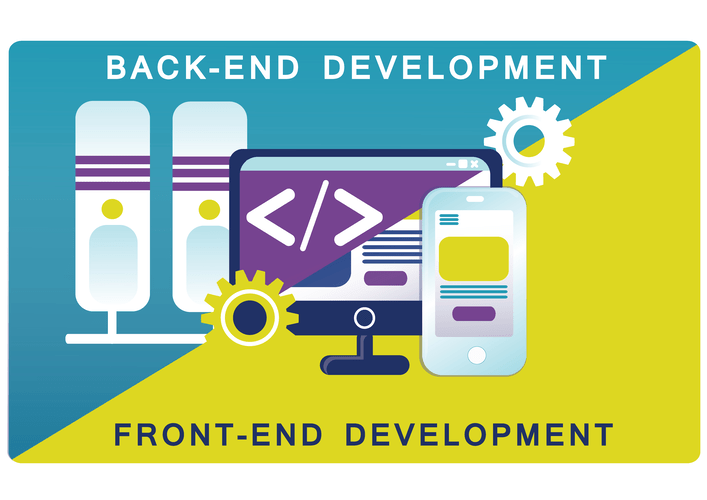This blog covers numerous matters on industrial automation corresponding to operations & management, continuous & batch processing, connectivity, manufacturing & machine management, and Industry 4.zero. RedSwitches Is a global internet hosting supplier providing Dedicated Servers, Infrastructure As a Service, Managed Solutions & Smart Servers in 20 international areas with the newest hardware and premium networks. Cloud computing methods require strong and dependable internet connections. It includes several edge nodes that help you with a direct reference to any bodily hardware. We present modern IoT development companies for corporations trying to remodel their enterprise.
If the server housing all your computing energy is compromised, employee and customer information might be uncovered. Depending on the size of the company, this could mean the data of 1000’s or even millions of customers is compromised. On the other hand, edge, and fog computing frameworks are finest suited if your corporation offers purposes that require fast responses for correct decision-making in real-time. Enhanced response instances, better bandwidth availability, and better operational effectivity than cloud and fog computing.
In essence, fog computing is a bodily location of computing units much nearer than cloud servers. Cloud computing is designed for massive scalability by including more servers and resources to the centralized knowledge facilities. Scaling is achieved vertically by rising the resources within an information center.
This information can be utilized to improve efficiency, optimize operations and make higher choices. Fog computing is commonly used in instances the place real-time response is needed, such as with industrial management techniques, video surveillance, or autonomous automobiles. It may also be used to offload computationally intensive duties from centralized servers or to supply backup and redundancy in case of community failure. In cloud networks, info must journey to the server from one user’s gadget and back down to the other users. However, in fog networks, the knowledge gets processed at a neighborhood stage.
Primary Elements Of Fog Computing
Now that we have explored the definitions, advantages, and limitations of fog computing and cloud computing, let’s compare them in the context of IoT initiatives. Fog computing excels in situations the place low latency, enhanced privacy, and offline capabilities are crucial. It is particularly suitable for functions such as real-time monitoring, video analytics, and industrial automation. On the opposite hand, cloud computing shines when dealing with massive datasets, seamless scalability, and accessibility. It is well-suited for applications like knowledge analytics, machine learning, and centralized control systems.
- This type of fog computing combines both client-based and server-based fog computing.
- Fog computing excels in situations the place low latency, enhanced privateness, and offline capabilities are essential.
- Popular fog computing applications embody sensible grids, good cities, smart buildings, automobile networks and software-defined networks.
- Fog computing involves the usage of gadgets with decrease processing capabilities to share a few of the cloud’s load.
Enterprises are inclined to go for a centralized strategy with technical infrastructure as administration becomes easy. Setting up a decentralized set of heterogeneous fog devices throws up new challenges in phrases of maintenance and compatibility. According to Domo’s ninth annual ‘Data Never Sleeps’ infographic, 65% of the world’s population — around 5.17 billion people — had access https://www.globalcloudteam.com/ to the web in 2021. The quantity of data consumed globally was seventy nine zettabytes, and that is projected to develop to over 180 zettabytes by 2025. The speedy growth of wireless know-how has given mobile gadget customers tremendous computing energy.
Greatest Practices For Integrating Fog Computing And Cloud Computing In Iot Tasks
This type of fog computing combines both client-based and server-based fog computing. Hybrid fog computing is good for purposes that require a mix of real-time processing and excessive computing power. As a result, while we take a comparability of fog computing and cloud computing, we will witness many advantages. But in phrases of knowledge integration, fog computing provides a clear advantage because of its improved processing velocity and flexibility. On the other hand, fog computing is extra applicable for smaller-scale applications which have minimal bandwidth requirements.

The sooner the information is processed, the better the experience for customers. This additionally implies that employees do not need to function on a choked-up community, and companies need not pay insane amounts for prolonged cloud storage. Cellular networks have become more dependable and stronger, at the equal time as expertise grows in leaps and bounds. Considering the various positives and accelerants of fog computing, companies need to consider this system as naturally as they consider cloud computing whereas constructing their infrastructure. The beauty of fog computing lies in tying collectively various hardware and software program.
Disadvantages Of Fog Computing In Iot
One essential difference between fog computing and cloud computing is speed. Cloud computing relies heavily on centralized servers which are located far-off from users, which may result in slower response occasions and lag. In distinction, Fog computing distributes resources far more locally, successfully bringing the processing energy nearer to the person. Cloud computing refers again to the supply of on-demand computing assets over the web.
This implies that cloud computing tends to be more weak to points with high quality and consistency than fog computing since failures at one location affect the complete system. Ultimately, whereas both models have their advantages and disadvantages, it’s clear that cloud computing just isn’t a good option for all functions and industries. There is lots of debate within the tech world about the relative merits of cloud computing and fog computing.
Fog computing reduces the quantity of information whereas sending to the cloud, nonetheless cloud computing don’t provide any discount in information while transferring knowledge. Such nodes are typically a lot nearer to devices than centralized information facilities so that they will provide immediate connections. These instruments will produce huge quantities of knowledge that should be processed quickly and permanently.
Conversely, if your project includes in depth knowledge analysis and scalability, cloud computing could also be extra appropriate. Furthermore, the supply of assets, price range constraints, and the extent of control you require over your data must be considered. Since the processing is distributed throughout multiple devices, managing and coordinating them may be challenging. Additionally, the limited resources and computing energy of edge devices could prohibit the complexity of computations that could be performed. Furthermore, scalability could be a problem if the number of units and knowledge quantity will increase significantly. Despite these limitations, fog computing proves to be a viable possibility for IoT projects that require low latency, enhanced privacy, and offline capabilities.

Fog computing, however, is a distributed computing model that extends the capabilities of edge computing to a bigger community of gadgets and sensors. Because cloud servers are hosted off-site in devoted data facilities, they will quickly respond to user demand by tapping into additional assets and scaling up to meet increased wants. In contrast, fog computing depends on native hardware, which may be slower to respond as a end result of factors corresponding to latency and limited bandwidth. Cloud computing is a kind of computing that depends on distant servers to store and process knowledge. Rather than storing information or functions on a neighborhood exhausting drive, cloud-based systems depend on a network of linked servers to retailer and provide access to various types of info.
Fog computing is a decentralized infrastructure that locations storage and processing elements on the edge of the cloud. IFogSim can be an open-source fog computing simulator that may consider the performance of different fog computing architectures. IFogSim features a library of modules that may simulate varied features of fog computing, corresponding to network topologies, gadget sorts, and application characteristics. The web of issues (IoT) is a system of interconnected gadgets, sensors, and software elements that share knowledge and knowledge. The power of the IoT comes from its ability to collect and analyze huge volumes of information from varied sources.
Data could be processed and analyzed domestically, decreasing the necessity to transmit delicate data to remote cloud servers. The proximity of fog nodes to information sources allows localized safety measures and better control over knowledge transmission. Fog computing emphasizes real-time information processing and analysis on the edge. It leverages the computational capabilities of edge units and fog nodes to perform immediate information processing, reducing the necessity for information transmission to the cloud.
These small units work collectively to deal with pre-processing of data, short-term storage, and rule-based real-time monitoring. The fog computing structure reduces the quantity of data transported by way of the system and improves total efficiency. To overcome the challenges and maximize the benefits fog vs cloud computing of each fog computing and cloud computing, it is often advisable to integrate these two models in IoT tasks. Fog networking complements — does not substitute — cloud computing; fogging enables short-term analytics at the edge, while the cloud performs resource-intensive, longer-term analytics.
